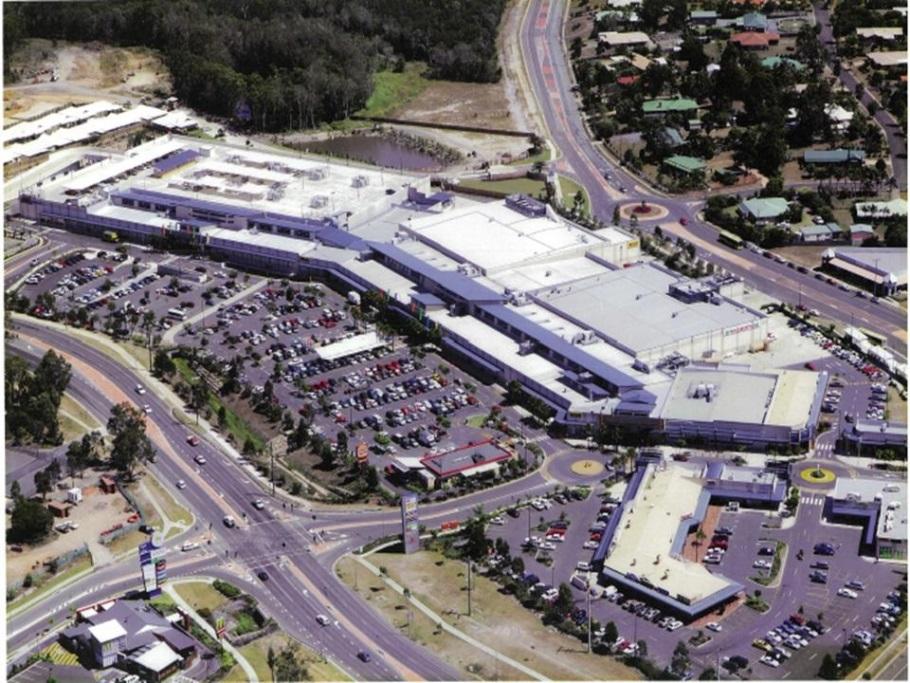|
Wednesday, February 25 2015
If you are considering upgrading your property you may be looking at your existing home and feeling it could make a good investment property. Whether it is the right move for you will depend on a number of factors.
Many people assume they can simply redraw or set up a new loan on their old home (which will become an investment property) and claim that debt as a tax deduction. This is not correct. And if you are audited by the ATO could result in substantial penalties. Contact us for an initial discussion. Monday, February 23 2015
Sydney and Melbourne have definately been the growth stories of the last 2 years. Whereas Brisbane has been sluggish in comparison. There's probably many factors that have contributed to this but the softening in the mining sector and the public service cuts by the Newman government have put a dampner on confidence. While Sydney has been going strong the rate of growth is above the long term trend which suggests at some point there will be a market correction. With a median of $850,000 and average yields of only 3.7% that's a fairly substantial shortfall for investors to fund. With Brisbane sitting at $485,000 average yields of 4.6% and interest rates now sitting at 4.5% and lower we feel its only a matter of time before some catch up occurs. The key factors will be a return of confidence and improvement in the jobs figures. But don't think the market isn't moving up. It still grew 5.1% for the last 12 months. So as always it will be the ones that move early while others sit on the fence that will maximise their upside. Wednesday, February 18 2015
We have recently identified a unique investment option in the Redland Bay area. The property is located in a small infill site in an established area. The location is excellent – only minutes to the main shopping/business district and area is well serviced for schools including the highly regarded Sheldon College. The area has experienced a consistently low vacany rate remaining below 2% for the last 24 months. Expected rental yield is 5.17% Clients wishing to obtain further details on this property will first need to complete our Financial Health Check form. Click here to request a form. Tuesday, February 17 2015
1. Lenders want you to fix your loan Lenders offer fixed rates for one reason only – to stop you from leaving. They are purely a retention strategy. To break a fixed loan can be incredibly expensive and lenders know that in 99% cases this break cost will stop you from leaving. Most fixed rate loans also stop you paying off the loan too quickly. So even if you secure a good rate you can only pay a minimal amount extra which could in fact see you paying more interest than if you had simply stayed on a variable rate. Lenders pay big money to interest rate strategists to work out where rates are heading and where the cycles are. Fixed rates are designed to make you pay a higher cost of funds than if you actually stayed on variable. Your chances of winning the bet are very low. If you don’t believe me have a look the Big 4’s combined net profit. 2. It’s not all about the rate The biggest growth in lender income is via fees. 3. Lenders look after new customers better than their loyal clients Which is why it is always worth reviewing your lending on a regular basis. 4. Pre-approvals are worthless And don’t even get me started on online loan calculators. What your income is and what a lender is prepared to use to assess your capacity are two different things. I think the approach most lenders take is when someone makes an initial enquiry they just say “yes”. That way there is a strong likelihood that person will come back to them for their loan if they sign a contract. If the loan is declined or then approved on ales favourable terms than what they first advised it’s no skin off their nose as you are just another number and they move on to the next deal. 5. Lenders want you to cross-securitise Unfortunately most people are apathetic and continue to pay thousands of dollars each year more than they need to. 6. Valuers dictate the market Many lenders acknowledge privately that valuers can underscore properties and be inconsistent in their valuation methods but no one seems to be prepared to do anything about it. 7. They know most people are apathetic At MTA Finance we provide clients with a realistic appraisal of their options based on their specific circumstances, and ensure that the structure that is put in place is designed to benefit them and not the banks. Contact us for an initial chat to discuss your home loan requirements |





